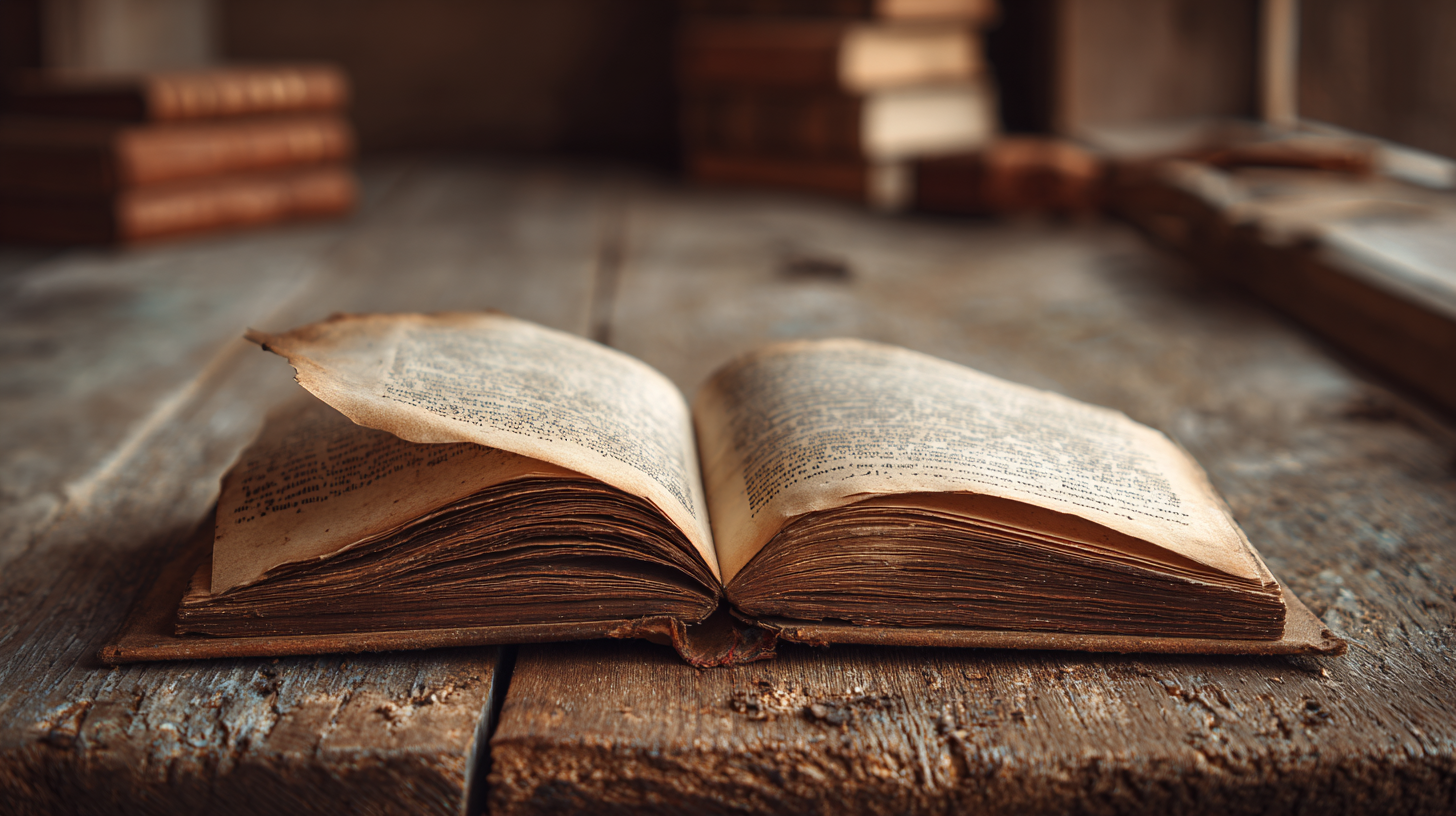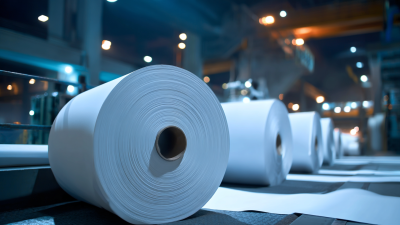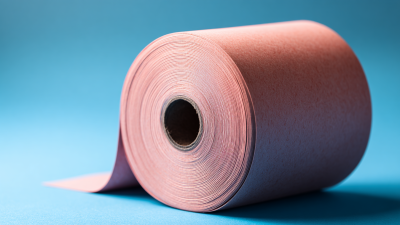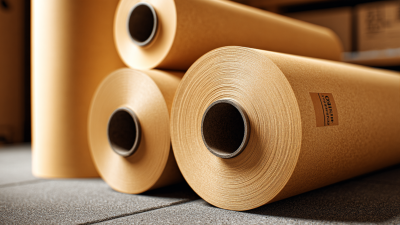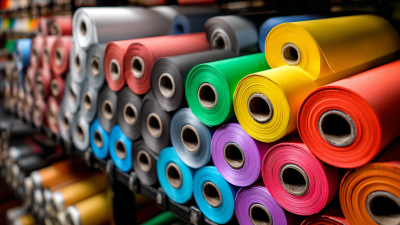Choosing the right book paper is a critical aspect of any publishing project that can significantly impact the overall quality and aesthetic appeal of the finished product. The type of paper selected not only influences the look and feel of the book but also affects how the content is perceived by readers. With an array of options available, ranging from uncoated papers that offer a tactile experience to coated papers that enhance image clarity and vibrancy, understanding the different characteristics of book paper is essential. This guide aims to equip authors, publishers, and designers with the knowledge required to make informed decisions when selecting book paper. By considering factors such as weight, opacity, texture, and finish, as well as the specific needs of the project, you can ensure that your book not only captures attention but also provides an exceptional reading experience.

When embarking on a publishing project, understanding the various types of book paper is crucial for ensuring the final product meets both aesthetic and functional standards. Each paper type offers distinct advantages depending on the book's genre, purpose, and target audience. For instance, coated papers like gloss and silk are ideal for image-heavy projects, boasting a smooth finish that enhances color vibrancy, making them popular in art books and magazines. On the other hand, uncoated papers, such as bond or offset, are preferred for novels and text-heavy genres, providing better readability and a pleasant tactile experience.
Tip: Always consider the weight of the paper when choosing. A heavier paper not only feels more significant in the reader's hands but doesn’t bleed through, creating a better reading experience. Research indicates that industry-standard book weight ranges from 50 lb to 100 lb for text pages, with heavier options often reserved for covers.
Moreover, sustainability has become increasingly important in the publishing industry. Many publishers are opting for recycled or eco-friendly papers to reduce their carbon footprint. According to a recent study by the Paper and Paperboard Packaging Environmental Council, nearly 80% of consumers express a preference for purchasing products that use sustainable materials. This trend is influencing not only purchasing decisions but also pressuring industry players to adopt more environmentally responsible practices.
| Paper Type | Weight (gsm) | Texture | Best Use | Cost Level |
|---|---|---|---|---|
| Uncoated Smooth | 80-100 | Smooth | Novels, Textbooks | Medium |
| Coated Art | 120-250 | Glossy/Satin | Magazines, Photo Books | High |
| Recycled Paper | 70-90 | Rough | Eco-Friendly Projects | Low |
| Offset Paper | 75-150 | Textured | Booklets, Reports | Medium |
| Bond Paper | 60-90 | Smooth | Stationery, Notebooks | Low |
When embarking on a publishing project, selecting the right paper is as crucial as the content itself. Key factors to consider include the paper weight, finish, and sustainability. According to industry standards, the weight of paper can significantly influence the perceived quality of the book. For instance, heavier papers (typically around 80-100 gsm) are preferred for high-end publications, as they offer a premium feel and durability, which can positively impact reader perception and engagement.
Additionally, the finish of the paper—whether matte, gloss, or silk—affects not only the aesthetics but also the readability. A study revealed that projects produced using quality resources, including paper, had an observable impact on participants’ learning outcomes, emphasizing the link between quality materials and overall success. As noted in the latest data, sustainability is also becoming more significant, with 72% of consumers showing a preference for eco-friendly options. Choosing paper made from recycled materials or sourced from sustainable forests can enhance your project's environmental credibility while appealing to the growing market of environmentally-conscious readers.
When selecting the right paper for your publishing project, understanding paper weights and their impact on book quality is crucial. Typically measured in grams per square meter (gsm), paper weight directly influences not just the tactile experience of a book but also the perception of its quality. For instance, a heavier paper, such as 120gsm, offers a premium feel that is often preferred for high-quality novels and illustrated works, while lighter papers, around 70-90gsm, may be suitable for mass-market paperbacks. According to a recent survey by the Printing Industries of America, books printed on heavier stocks tend to generate higher sales, as consumers associate thicker pages with durability and prestige.
Moreover, the choice of paper weight can significantly affect the book's readability and overall performance. A report from the Paper and Paperboard Packaging Environmental Council highlights that using paper weights between 80-100gsm can reduce bleed-through for duplex printing, ensuring that text and images remain crisp on each page. This is particularly important for children's books and textbooks, where clarity and visual impact are paramount. Thus, aligning the weight of the paper with the intended audience and usage can elevate the reader's experience and enhance the marketability of the final product.
This chart compares different book paper weights and their impact on book quality as perceived by readers.
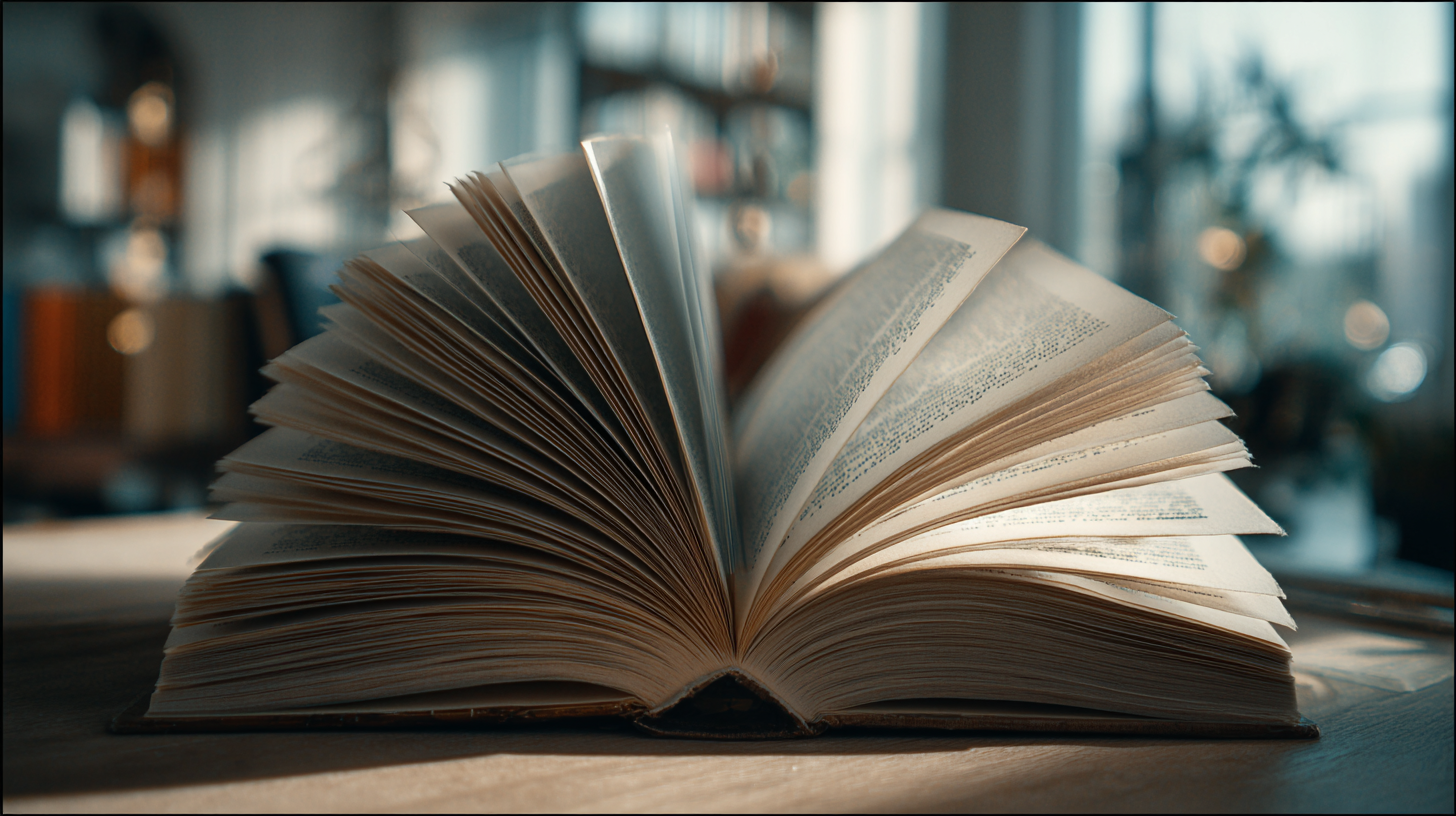 When it comes to publishing your next book, the choice of paper can significantly enhance its visual appeal and tactile experience.
Specialty papers offer unique textures and finishes that not only attract readers but also elevate the overall presentation of your work.
For instance, papers with a linen or laid finish can create a sophisticated look, while coated papers provide a vibrant backdrop for images and illustrations.
Exploring various options such as recycled or textured papers can also convey a particular message about your brand or story.
When it comes to publishing your next book, the choice of paper can significantly enhance its visual appeal and tactile experience.
Specialty papers offer unique textures and finishes that not only attract readers but also elevate the overall presentation of your work.
For instance, papers with a linen or laid finish can create a sophisticated look, while coated papers provide a vibrant backdrop for images and illustrations.
Exploring various options such as recycled or textured papers can also convey a particular message about your brand or story.
Tips: Consider the type of binding and printing method you will use, as some specialty papers may work better with specific techniques.
Additionally, pay attention to the weight and opacity of the paper to ensure a quality feel and prevent bleed-through from printed images.
Don’t hesitate to request samples from your printer to gauge how different papers will complement your book's design and content.
Selecting the right specialty paper not only enhances your book's aesthetic but can also convey your brand's identity uniquely.
When selecting paper for your publishing project, sustainability should be a top consideration. Eco-friendly paper options not only reduce environmental impact but also appeal to conscious consumers. Look for papers made from recycled materials or sourced from sustainable forests. These choices can help you align your project with modern environmental standards while maintaining high quality.
Tip: Always check for certification labels like FSC or PEFC when choosing paper. These certifications ensure that the paper is sourced sustainably and responsibly, adding credibility to your publishing project.
